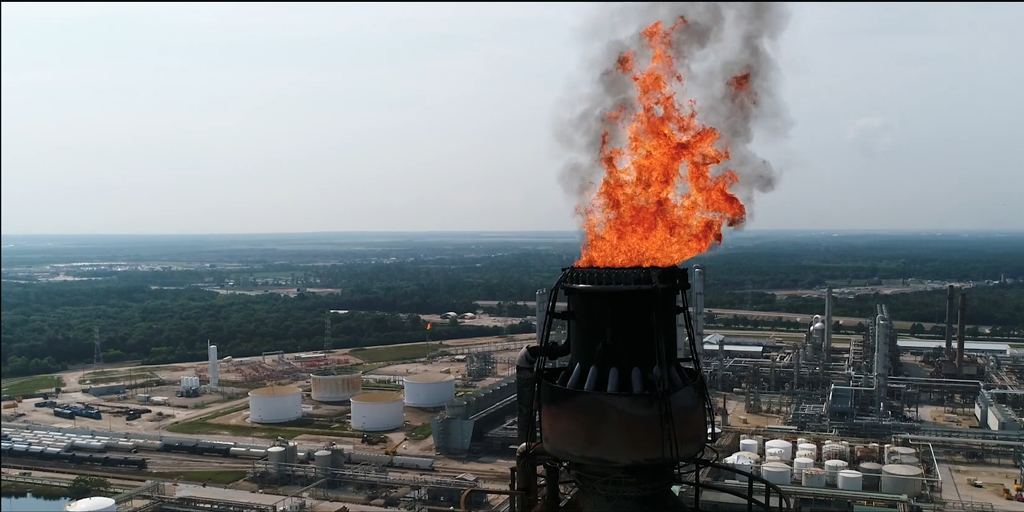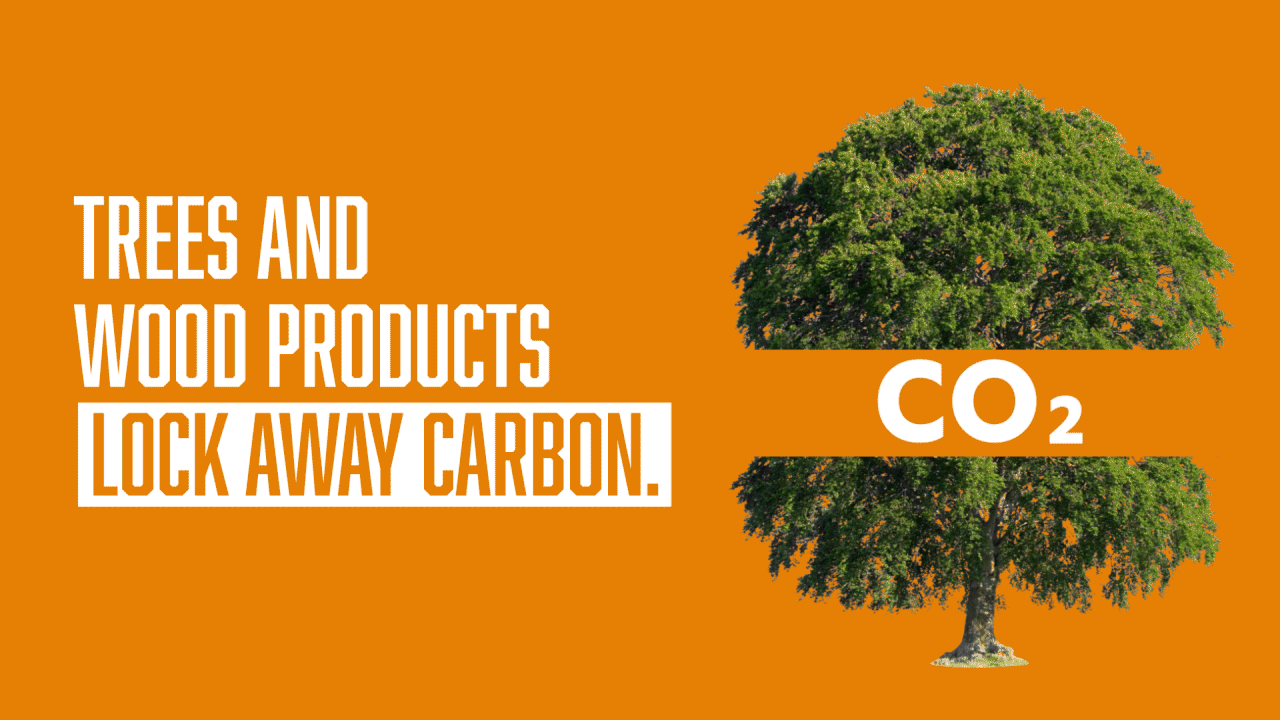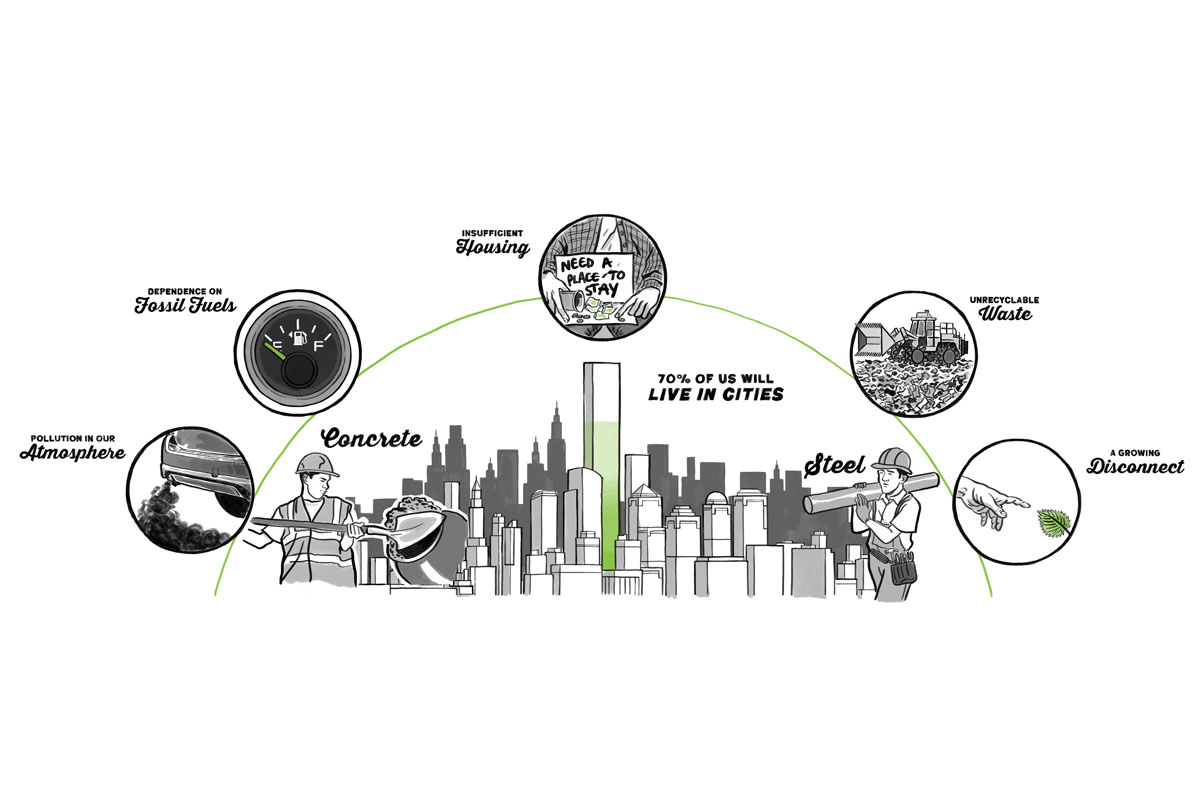Battle Royale: Orca 🐳 vs. 🌲Tree
Carbon Storage | Climate Tech vs. Natural Climate Solutions

Ah, the age-old debate: Orca vs. Trees.
No, no, no. Not that kind of Orca. (also, we're incredibly disappointed that there is not a better Orca whale emoji) We're talking about Orca - the first of its kind direct carbon capture plant, designed to draw down atmospheric carbon and store it permanently. It went live and has garnered some pretty impressive headlines as a climate solution.
And rightfully so! The Orca plant is a very cool piece of technology. It uses massive fans to suck in air and combines it with chemicals that can selectively remove C02 while releasing nitrogen and oxygen back into the atmosphere (hmmm that sounds familiar 🌲🌳). The carbon rich chemicals are super heated and converted to a pure gas, which is then mixed with water and injected into basaltic rock where over time, the dissolved C02 crystalizes - permanently storing atmospheric carbon deep within the Earth's crust.
While the concept is straightforward enough, there are just a few things keeping it from being a scalable solution and thus a key player in helping the world reach its Net Zero goals today.
Carbon Storage at a High Cost.
Aside from costing somewhere between $10 and $15 million to build, the Orca facility relies on a pretty unique combination of factors as explained expertly by Bloomberg, to make it work.
First and perhaps most importantly, this is an incredibly energy intensive process. The Orca facility is powered entirely by carbon-free geothermal energy which is awesome, but severely limits the opportunities for building other locations. Secondly, for this process to work there must be access to deep basaltic rock which are formed by rapidly cooling magma deposits (🌋), which further limits where this specific type of facility can be placed.
Lastly, there is capacity. While Orca is now officially the largest direct-air capture facility in the world absorbing 4,000 tons of CO2 a year, it just simply isn't large enough. To put 4,000 tons of CO2 into perspective, that is equivalent to the total annual emissions from roughly 250 U.S. citizens.
A Small Dent for a Very Large Carbon Problem.
So how does this compare to trees and forests? Well, there are more than 600 tree species in the U.S. alone, each uniquely suited to their specific growing locations, and supremely adapted to sequester and store carbon, just by doing their thing.
 (Check out the full writeup that inspired this graphic from Ohio State University)
(Check out the full writeup that inspired this graphic from Ohio State University)
On average, a single mature tree can absorb more than 48 pounds of CO2 per year.

Considering a tree can grow for 30, 40, 50+ years - and extrapolated over billions and billions of trees around the world - you begin to see how trees and forests remain the undisputed carbon sequestration champions of the world.
Visualizing the Impact.
To give you an idea of just what that looks like, check out this incredible interactive data visualization tool - ForestCarbonDataViz.org - developed by our friends over at the National Alliance of Forest Owners (NAFO). It uses publicly available data from the U.S. Forest Service and the Environmental Protection Agency to show how the continuous cycle of growing, managing, harvesting, and replanting trees and forests holds enormous carbon benefits.
Getting to Net Zero by 2050 is an ambitious - and we believe necessary - goal. We are incredibly excited by the potential of the Orca project as we know that in order to achieve real success in our fight against climate change, it is going to require bold, innovative, and collaborative ideas - and all of us, collectively, working to rethink our carbon future.
So in actually it's less Orca vs. Trees and more Orca AND Trees! After all, it's true that no blue, no green amirite?
Further Reading
The State of America's Forests (U.S. Endowment for Forestry & Communities)
ForestCarbonDataViz.org (National Alliance of Forest Owners)
U.S. Forest Atlas (U.S. Forest Service)
- The #forestproud team

